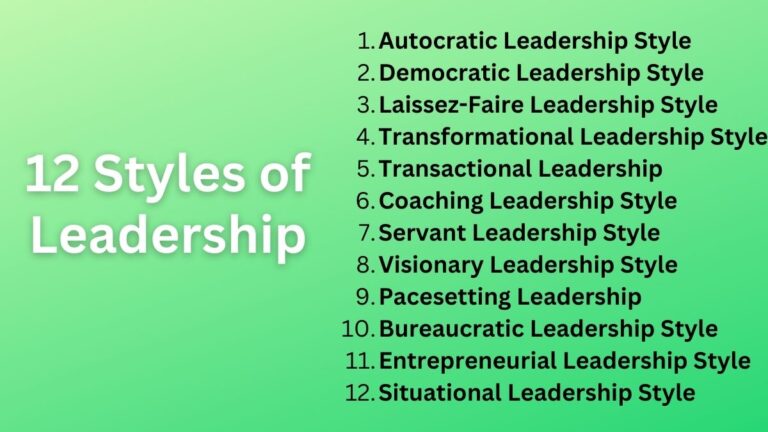What is Team Organizational Structure? Definition, Types, and, Pros/Cons
What is Team Organizational Structure?
A team organizational structure is a structure in which different work teams are created to achieve common organizational goals. This structure emphasizes the creation of work teams instead of departments.
The concept of team structure breaks down departmental barriers and decentralizes the decision-making authority to the level of the work teams. The teams are created at the operating levels to improve productivity and enhance employee performance.
Team-based organizational structure is one of the modern organizational structures that has greater flexibility and effectively aligns with modern business settings. It is not like traditional structures which were less flexible and more permanent.
In this team structure, the top manager formulates plans, and team members decide how to accomplish them. They are given the necessary authority to make decisions at team levels. This enables managers to give more focus on other strategic activities however the manager should review or supervise the performance of different work teams.
Types of Team Organizational Structure
Under a team-based organization, usually, three different teams are created. They are:
Project Team
Any mission assignment that must be completed or performed within set parameters and with a certain level of quality is referred to as a project. To complete such a project, a team of different professionals is assembled under a team structure.
Project teams are self-managed, independent work units. Such project teams may be terminated once the predetermined objectives have been met.
They are capable of performing tasks like implementing new technology within the company, resolving any unique technological issues that may arise, etc.
Related: Types of Team
Task Force Team
Top executives and experts from several organizational functional areas make up the task force. These teams are specifically formed to address particular issues within the organization.
With the goals of fostering innovation, open communication, cross-functional specialization, conflict resolution, a team-based approach to problem-solving, etc., they are created. Task force teams normally focus on every problem of the organization irrespective of project teams.
Venture Team
A venture team is formed in order to launch a new business, product, or venture. The task of making suggestions or formulating policies and methods to begin the aforementioned goals falls to venture teams.
However, venture teams may experience a variety of issues, including reporting issues, issues with the venture team’s funding sources or departments, the potential for member influence, and coordination issues.
Advantages of Team Organizational Structure
Flexible Structure
Team-based organizations are more flexible organizational structures than traditional ones. As a manager, you can make any changes in the organization so quickly. The team members are also flexible enough to work simultaneously in different teams. You can easily introduce the necessary changes as per the change in the environment.
Related: Matrix Organizational Structure
Effective Communication
Effective communication is another benefit of a team-based structure. As everyone works in teams there is a more free flow of information between the team members. They can easily share their ideas, views, and suggestions and can get from other team members along the way.
In addition to this, the team structure has also reduced the barriers to the hierarchical structure as such cross-communication between teams has been possible.
Better Decisions
It is said that when making decisions two or more heads are always better than one head. In team organization, every decision is made through the discussion of the team members. This generates more alternatives and after evaluating each better choice can be made.
Low Supervision and Control
Usually, in the team-based structure, the teams are self-managed and self-directed. They have the autonomy to make decisions on their end as per the requirement of the team goals. As such it reduces the supervision cost and control by the manager.
Disadvantages of Team Organizational Structure
Interdependency
Despite many positivenesses, the team structure also has drawbacks as it may increase interdependency in the teams. Since team members are dependent on each other to achieve common goals however too much interdependency between them is not desirable. Such a condition delays the work completion.
Decision Can Be Delayed
Quick decisions are necessary to be competitive in today’s modern business setting. However, in team structure, there can be delays in decision-making if a consensus can not be formed among the team members. This might prevent your company to exploit new opportunities.
Control May Not Be Effective
There is also a potential that the control may not be effective as members are supposed to be self-controlled and directed. While doing the task they might not feel the importance of the manager’s suggestions and guidance and feel superior to themselves.
Potential of Conflict
One of the disadvantages of team structure is that there is always a potential for conflict among team members. The conflict can be over any reason when two or more team members’ interests or attitudes do not match. This negatively affects the harmony of teams and reduces efficiency.
Read Next: Multidivisional Organizational Structure
Sajan Kushmi is a content writer with more than 4 years of experience. He holds BIM Degree. He write on the topics related to Management, Marketing, and Entrepreneurship.





